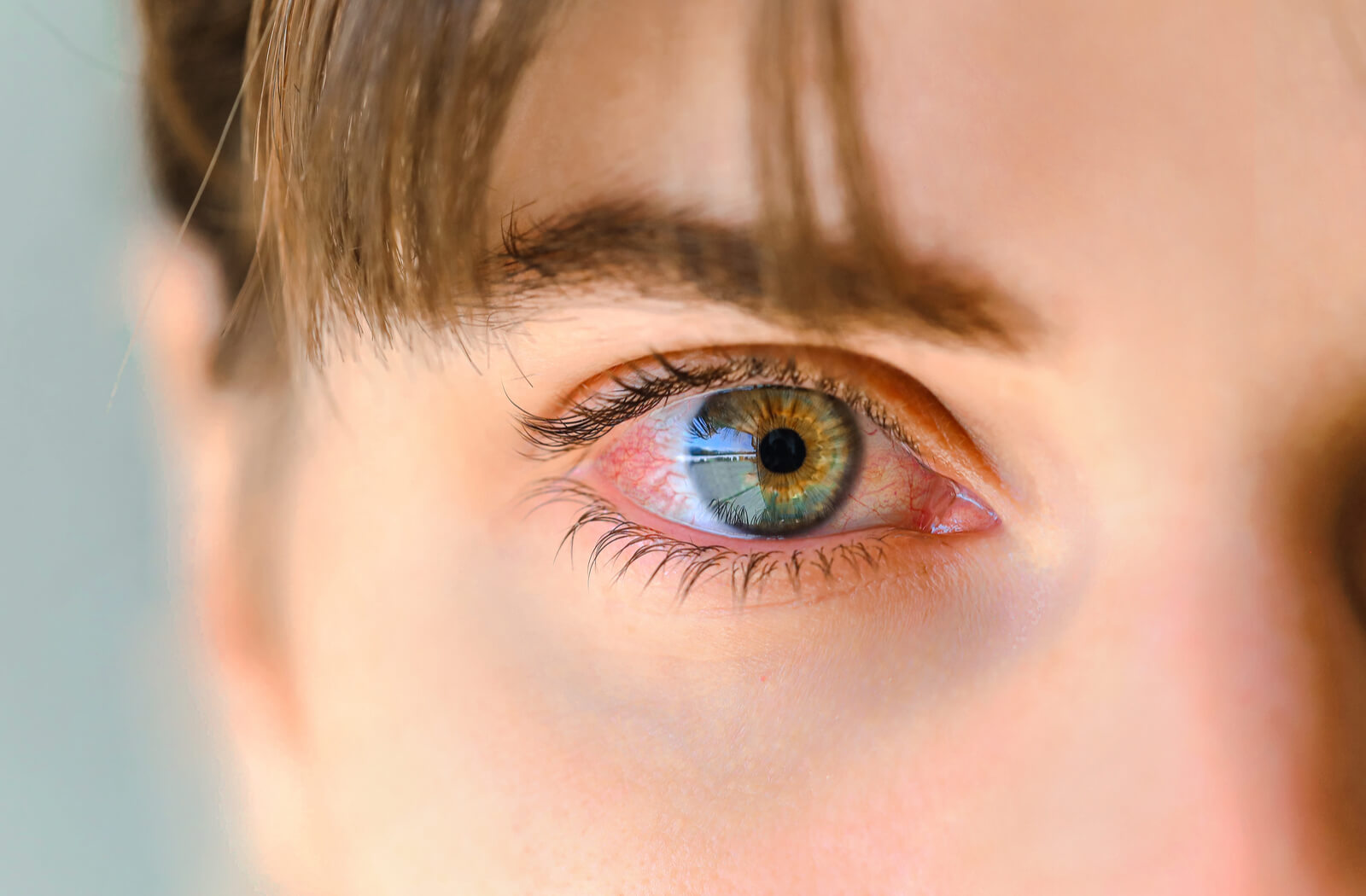
Key facts
- It’s normal to find some crusty eye discharge along your lashes and in the corner of your eye when you wake up from sleep. This is not usually a cause for concern.
- Eye discharge may be watery or sticky — these different types of discharge indicate different causes for eye discharge.
- You do not need antibiotics for all types of eye discharge.
- See your doctor or pharmacist if you have yellow-green sticky discharge, pain or swelling in or around your eye, blurred vision or light sensitivity.
What is eye discharge?
Eye discharge is secretion of mucus or other non-tear fluids from your eyes.
Is eye discharge normal?
It’s normal to find some crusty eye discharge along your lashes and in the corner of your eye when you wake up from sleep. This is not usually a cause for concern.
What causes normal eye discharge?
When you are awake, you blink regularly. Blinking keeps your eyes moist with tears and washes away any debris in your eyes. Because you don’t blink when you sleep, normal eye mucus and other residue can collect in the corners of your eyes. Normal eye discharge is usually white or a pale cream colour.
When should I seek help for eye discharge?
The signs that you may have an eye disease causing your eye discharge include:
- large amounts of discharge
- dark yellow, green or sticky discharge
- pain, redness or swelling in or around your eye
- blurred vision or light sensitivity
What could be causing my watery eye discharge?
If you have a large amount of watery eye discharge you may have viral conjunctivitis (also known as ‘pink eye’), or allergic conjunctivitis.
If you have viral conjunctivitis, one or both of your eyes may be red and uncomfortable, with watery or white discharge. Sometimes you may have a sensation of having grit or dirt in your eyes.
If you have allergic conjunctivitis, both your eyes may be itchy and red, with watery discharge and occasional eyelid swelling. You may also have watery eyes due to allergies, often combined with sneezing or coughing. These symptoms may be seasonal.
What could be causing my sticky eye discharge?
In children and adults, sticky, gooey yellow or green discharge and difficulty opening your eyes may be a sign of bacterial conjunctivitis.
In babies, a blocked tear duct can cause constantly watery eyes and sticky, gooey discharge. This occurs because the tears aren’t draining normally due to the blockage. There may be a small hard lump near the inner corner of your baby’s eye or change in eyelid colour. Other than this, your baby’s eye will appear completely normal.

How should I treat abnormal eye discharge?
Treatment for abnormal eye discharge depends on the cause:
Viral conjunctivitis usually clears up by itself without the need for prescribed medicines. Your doctor may advise you to use artificial tears or cold compresses to soothe your eyes.
Allergic conjunctivitis responds well to antihistamine eye drops or tablets. Speak with your doctor or pharmacist to help you select the correct formulation for your situation.
Bacterial conjunctivitis may require antibiotic eye drops — your doctor will need to prescribe these for you.
If your baby has a blocked tear duct, it will usually get better without any treatment by the time your baby is about one year old. Your doctor or early childhood nurse may show you how to massage your baby’s eyes gently, to help empty any discharge out of the duct.
If you have abnormal eye discharge, see your doctor, pharmacist or optometrist.
Keeping your eyes healthy
Tips to help care for your eyes and keep them healthy include:
- Wash your hands thoroughly before touching your eyes.
- Don’t share face washers, towels or make-up with anyone else, to avoid spreading infection between people.
- Ensure towels, face washers and bed linen are washed regularly and dried in sunlight if possible.
- If you wear contact lenses and have a discharge or infection, throw out the lenses and wear glasses for at least a week after your symptoms have disappeared.
- Gently clean any eye discharge from your eye area and always wipe from the corner of the eye (nearest the nose) outwards.
- When cleaning your eyes, use a new cotton wool pad soaked in water for each eye, to prevent passing any infection into the other eye.




